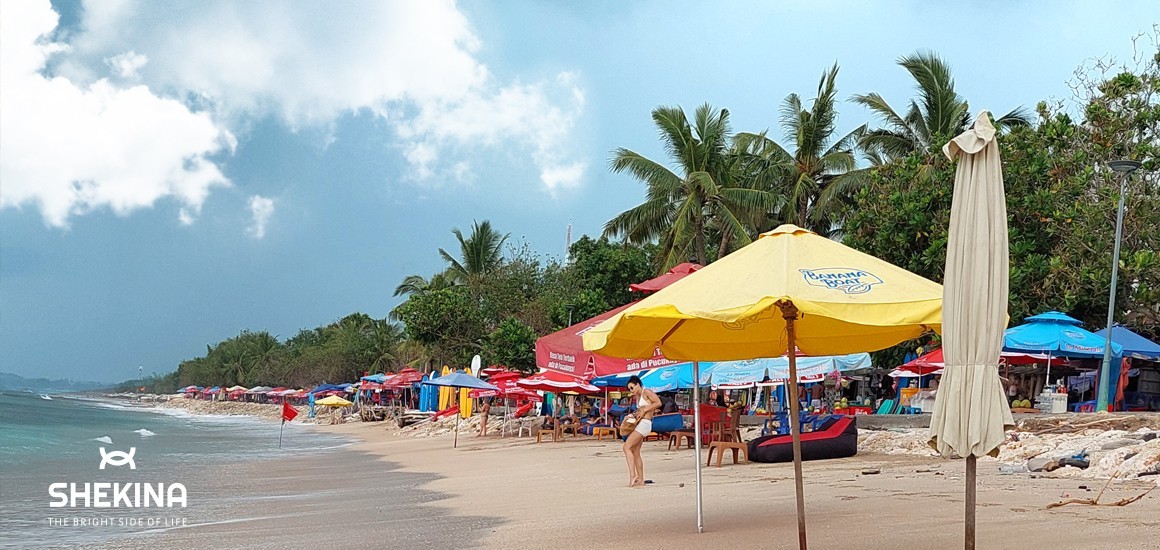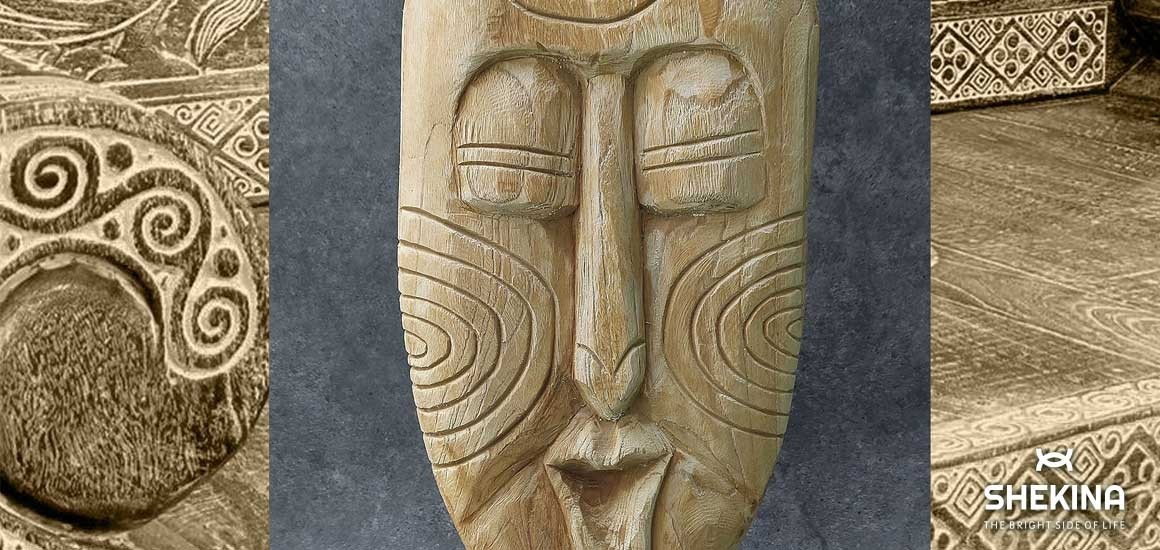How did hippies and surfers promote Bali?

Today, we are already used to the fact that social media can advertise a place in an instant. Five decades ago, this was neither so easy nor obvious. This makes the Bali phenomenon all the more incredibly interesting. What made the presence of hippies and surfers change the island's history and contribute to its flourishing.
Both surfers and hippies were instrumental in popularising Bali, but it was surfers who first discovered Bali in terms of international tourism.
In the 1960s and 1970s, Bali began to gain a reputation as one of the best surfing destinations in the world. Surfers started coming to the island to explore its great waves and Bali became known for its ideal conditions for the sport. The most popular spots, such as Kuta, Uluwatu, and Padang Padang, offered excellent conditions for both beginners and advanced surfers. Within a few years, the island started to be recognised as one of the best surfing spots in the world, and surfing became one of the main reasons why people started to visit Bali. In the beginning, surfers came to Bali in small groups, often exploring the island on their own. In the 1970s, Bali was still relatively undeveloped in terms of mass tourism, which attracted more alternative travellers who were looking for an authentic experience.
Surfers who came to Bali became not only ambassadors of the island to other travellers, but also the creators of a certain ‘Bali myth’. Their enthusiastic tales of excellent surfing conditions began to attract more people. Many well-known figures from the surfing world, such as Mick Fanning, Kelly Slater and Gerry Lopez, came to Bali to race the waves there, and their presence attracted even more media and tourist attention.
Thanks to the growing number of surfers, Bali began to develop its tourism infrastructure. Although not yet massive at first, the first surf resorts, equipment rentals, surf schools and other services aimed at lovers of the sport slowly began to emerge. Bali gained a reputation as a place that not only offered great surfing conditions, but also a friendly atmosphere for surfers. Many of these spots have become legendary among the surfing community, further contributing to the island's tourism growth.
Hippies came to Bali a little later, mainly in the 1970s, when the island became popular on the ‘hippie trail’ (aka ‘hippie trail’). This was a route that many young people travelling from the West took in search of spiritual enlightenment and an alternative lifestyle. Places such as Nepal, India, Thailand, and Bali became popular points on this route. Bali was one of the final stages of this journey. Hippies who travelled through these countries came to the island to experience its unique atmosphere and immerse themselves in its spiritual dimension. Bali, being one of the less developed tourist destinations at the time, offered simplicity, tranquillity and peace, which is what many hippies were looking for in their travels.
The hippies were pioneers in promoting an alternative lifestyle based on simplicity, nature, freedom and spirituality. Bali, with its traditional society, while offering a space for living in harmony with nature and spiritual reflection, became an ideal place for those who wanted to live differently from consumerist-based societies. Many hippies in Bali lived a communal lifestyle, renting small huts in villages, growing their own food, practising yoga, meditation and other spiritual practices. Bali thus became the centre of an alternative lifestyle that attracted not only hippies but also artists, philosophers and seekers of spiritual truths from all over the world.
Bali attracted those who yearned for spiritual awakening and understanding, and the temples and religious traditions there provided the perfect backdrop for such a quest. Many people spent long months or years in Bali, learning from local yoga and meditation masters and participating in rituals to purify the body and mind.
The hippies also began to promote Bali around the world through their stories about the island and the life they led there. They shared their experiences in books, articles and while travelling, attracting the attention of other young people looking for an alternative lifestyle. Thanks to these stories, Bali became one of the top spots on the map for those seeking exoticism, tranquillity and spiritual enlightenment.
The island began to be seen as a place where life is simpler and people are more connected to nature, tradition and spirituality. Bali gained a reputation as a place that offered true freedom and space for self-realisation, which attracted not only hippies but also other travellers seeking similar values. Although Bali in the 1970s and 1980s was not yet developed as a tourist destination, it was the hippies and alternative travellers who contributed to the emergence of the first resorts, hostels, budget guesthouses and cafes that began to cater to the needs of backpacker travellers.
So who discovered Bali first?
Surfers were the first tourists to discover Bali in the context of international tourism. They were the ones who attracted attention to the island in the 1960s and 1970s, especially through their accounts of the excellent surfing conditions. It was only later, in the 1970s, that hippies came to Bali seeking spiritual peace and an alternative lifestyle.
So although it was the surfers who discovered Bali first, it was the hippies who played a key role in the further development of tourism on the island, changing its image and attracting other groups of travellers.










Comments
Leave your comment